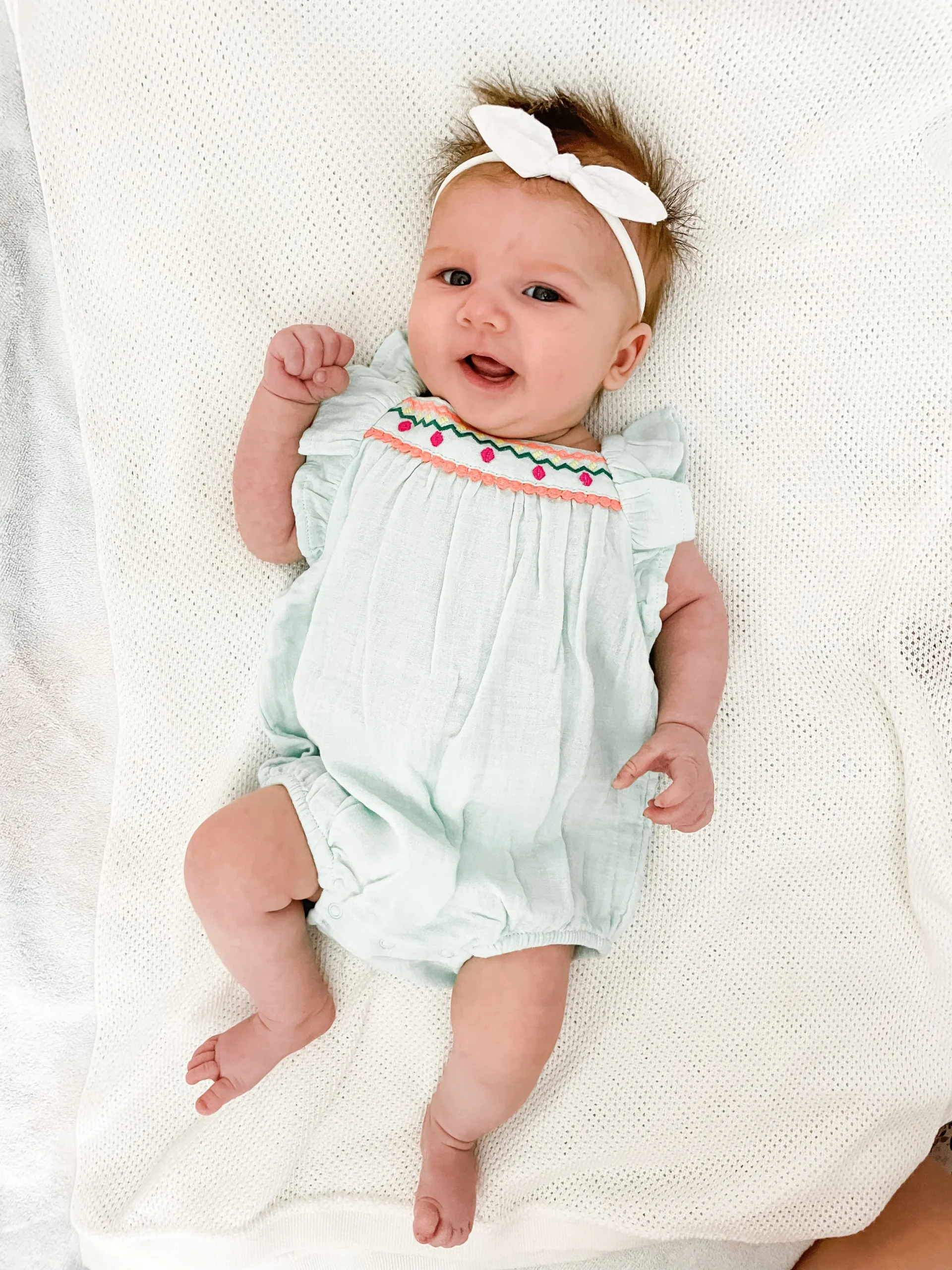I arrive at the fertility clinic bright and early, just before 7 a.m., ready for what I like to call the “Infertility Dash.” It’s a familiar scene: a hurried group of women hustling from the elevator to the clinic, clipboard in hand, eager to sign up for their blood tests, ultrasounds, and doctor consultations.
I intentionally steer away from the throng, feeling a bit intimidated. I sign up first for blood work since that line tends to move faster. I have a history of fainting during blood draws unless I lie down, but given the sheer number of tests ahead of me and the bustling nurse handling a slew of patients, I decide to tough it out while seated.
“Wait!” I exclaim just before the needle goes in. “I think I need to lie back. I’m so sorry.” Thankfully, she adjusts the chair, pointing to a red button on the wall. “This is the fainting button,” she explains. “If you pass out, I push it, and another nurse will be here in a flash.”
“Really?” I reply, amused.
“Really.”
We both chuckle, and I find comfort in the thought that I might not be their worst patient. Maybe just the second worst. From that moment on, I resolve to avoid needing that button.
Soon, I’m in the ultrasound waiting area, and when my number is called, I’m led to a smaller examination room for a transvaginal ultrasound. I can’t help but think about how many women the nurse has seen that morning—33, before 9 a.m. All I’ve managed so far is drink coffee and, thankfully, not faint during my blood test. As I settle into the stirrups, I ponder how many times I’ve been here. Is it 6? 7? 10? I hope I’m not memorable for any reason.
“What if my anatomy isn’t like everyone else’s?” I ask my partner, Jake, when we regroup in the doctor’s office. “What if I have an unusually unattractive vagina?”
“You don’t,” he reassures me, which I find oddly sweet.
After speaking with the doctor, we proceed to a session with the nurse, who patiently explains how Jake will administer my hormone shots for egg retrieval. This process, known as “stimulation” or “stims” in the fertility community, seems daunting. As the nurse walks us through the steps, Jake jots down notes eagerly, while I awkwardly lift my dress, surrendering more of my dignity than I ever thought possible.
As I reflect on the financial investment we’re making—$4,000 going directly into my backside—I can’t help but feel that it’s not just a physical change. The hormones are wreaking havoc on my emotions, leaving me crampy and fatigued. I feel like I have a bad flu. To distract myself, I turn on a show about a woman named Emily and find myself emotionally overwhelmed. Tears start streaming down my face as I think about her potential and the paths she can take, while I feel stuck in my own uncertainty.
During my mother’s battle with cancer, she faced her decline with such grace and strength. I aspire to emulate her dignity, to navigate hardships with the same poise. But in the throes of this IVF process, my tears and frustrations feel anything but elegant. I call Jake at work, sobbing, and bury my face in our dog’s fur, feeling like I’ve let my mother down. “I faced cancer, and you can’t handle this?” her voice echoes in my mind.
At dinner with my 11-year-old niece, who radiates positivity, she takes my hand, sensing my distress. “You’re alive, Aunty Liz. Just enjoy it.”
Her words hit home. I mull over the love I have for my nieces and the privilege of being their aunt. I think about my family’s kindness and support, and how fortunate I am to have a best friend who checks in daily. I reflect on Jake’s patience and the little things he does to help me through these tough times.
Even amidst the tests, needles, and treatments, I realize these experiences are part of our story—our journey together. Just like when we faced my mother’s passing or dealt with home repairs, we’ll look back on this someday and laugh. “Remember when you had to inject me?” I’ll tease, and our future child will wrinkle their nose in disgust.
This IVF journey is undoubtedly challenging, but I am finding ways to embrace gratitude and joy amidst it all. If you’re looking for more insights on this topic, consider visiting this resource. For those exploring at-home options, you might find this insemination kit helpful. And for further advice on pregnancy and home insemination, check this blog.
In summary, while the IVF process can be arduous and emotionally taxing, it’s essential to uncover moments of gratitude and joy along the way. Each experience, no matter how difficult, is a chapter in our shared narrative, and I’m learning to cherish it all.
